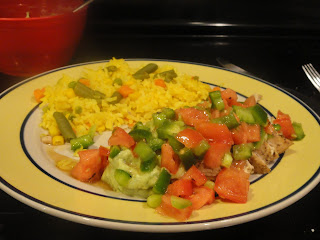7 Traveling Exercises To Prevent Blood Clots:
First, move your ankles up and down frequently. Do at least 30-50 repetitions every hour that you are sitting. You can also move your ankles in circles both directions for variety. Be sure to exercise both legs! Another variation is to keep your feet on the floor and lift your heels (calf raises), then lower them back down. Repeat 30 times. Do the same with your toes (toe taps) for 30 repetitions.
Second, kick your legs up and down. Keep your thighs supported on the seat and extend your knees fully, then lower them back down. Repeat 30 times on both legs. You can do both sides together or alternate sides.
Third, squeeze your thighs together and hold for 5 seconds, then release. Repeat 30 times. It is helpful to place a pillow between your knees/thighs as you do this exercise.
Fourth is glut squeezes! Squeeze your buttocks together and hold for 5 seconds. Repeat 30 times.
For the abdominals, draw in your ab muscles as if tightening a belt. Hold for 10 seconds. Repeat 10-20 times.
For the upper body, do shoulder circles (up, back, and down) for 30 reps.
To stretch the shoulders, reach overhead fully and hold for 5 seconds. Repeat 3-5 times.
More Blood Clot Prevention Tips:
Stand up as frequently as possible. If you are driving, try to stop every 2 hours. Walk around during this much-needed break! If you are in a plane, stand and walk at least once every 1-2 hours. Tell your doctor that you will be traveling, in case he/she recommends you take medicine to prevent clots. Try to keep moving whenever you are out of the vehicle.
For more information about blood clots, see:
http://thinklikeapt.blogspot.com/2012/04/blood-clots-can-kill-who-is-at-risk.html
For more information about blood clots, see:
http://thinklikeapt.blogspot.com/2012/04/blood-clots-can-kill-who-is-at-risk.html
